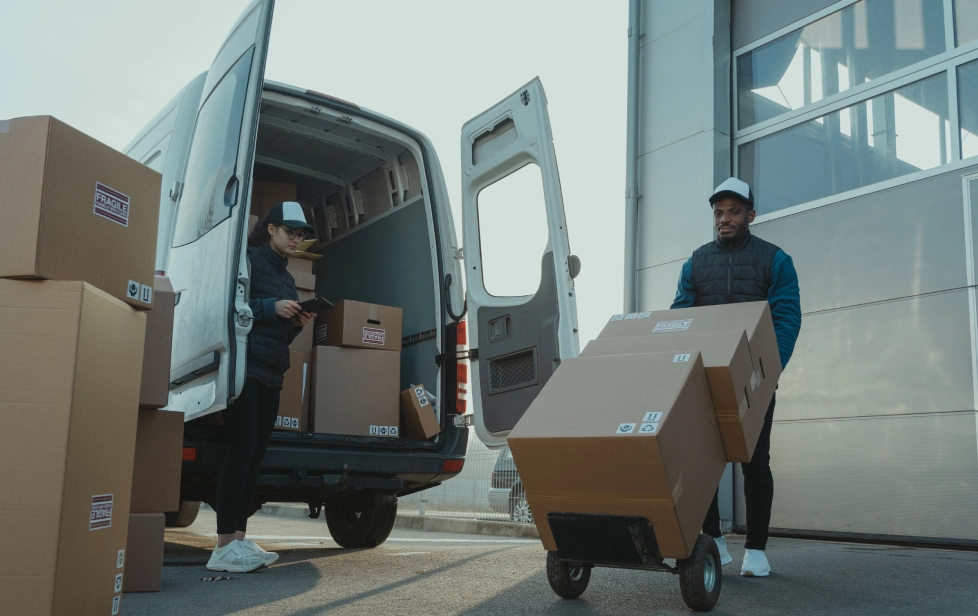Boost performance and enhance industrial security
Technology built for efficiency, automation, and critical asset protection
CMN provides IT and cloud solutions that streamline production, safeguard intellectual property, and enhance operational performance. With 25+ years of experience, we help manufacturers stay competitive and resilient.
Let’s connect

Technology solutions for manufacturing
High-speed network deployment
Ensure seamless connectivity across production floors, warehouses, and administrative offices.
Network optimization
Utilize tools like AppDynamics to enhance application performance.
Connect with us

Advanced networking and connectivity
Cloud security with Zscaler
Implement cloud-based security solutions that comply with industry regulations.
Comprehensive security assessments
Conduct regular penetration testing and vulnerability assessments.
Connect with us

Cybersecurity and data protection
IoT device integration
Implement IoT devices and sensors to monitor equipment health and track production metrics.
Automation solutions
Deploy automation technologies to streamline manufacturing processes.
Connect with us

Industrial IoT and automation
Integrated security systems
Combine video surveillance, access control, and environmental sensors.
Environmental monitoring
Utilize air quality sensors to maintain optimal conditions in sensitive areas.
Connect with us

Physical security enhancements
Outcome-driven approach
Enhance operational efficiency and security with customized IT solutions for manufacturing.

Strategic, full-stack IT solutions
Expertise in manufacturing technology with over 20 years of industry experience.

Security and compliance as a core focus
Deliver innovative and compliant IT solutions tailored for the manufacturing sector.

Best-in-class technology partnerships
Collaborate with industry leaders like Cisco and Verkada.

https://www.youtube.com/embed/4MJhNkSICuY?autoplay=1&loop=1&mute=1&controls=0&rel=0&playsinline=1&showinfo=0&playlist=4MJhNkSICuY
What our clients say

I have worked with Cloud Managed Networks for about five years now, and our partnership has grown in so many ways. It's refreshing to have an honest vendor who always has the customer's best interest in mind.
Tom Renaud
Senior Manager of IT Technology
Windsor–Essex Catholic District School Board

Over the course of our partnership with Cloud Managed Networks (CMN), we have greatly valued their responsiveness, support, and consistent willingness to meet our ever-evolving needs.
The solutions and support offered by CMN have significantly increased the value of this partnership, and we would confidently recommend CMN to other organizations seeking a capable, dynamic, and responsive team—one that regularly goes above and beyond to ensure the successful implementation and engagement of deployed platforms and solutions.
We look forward to continuing our partnership with CMN.
Bob Kirk
Network Administrator IT Department
Lambton College

I very much enjoy and value the solid relationship we’ve had with Cloud Managed Networks for over a decade. I have peace of mind knowing that Cloud Managed will represent and support Vantage in the best possible way by leveraging their strong relationship with Cisco/Meraki.
Using Meraki’s cloud-based products has saved a tremendous amount of time in managing IT infrastructure at Vantage and our sister companies in Toronto and Denver. Troubleshooting technical issues has gone from challenging to seamless, thanks to the deep visibility into network-connected devices.
Edward Vastag
Director of IT
Vantage Venues
Strengthening endpoint and network security across a decentralized operation
Cintas, a leader in professional services with a highly distributed mobile workforce, needed to secure data across nearly 500 locations and 14,000 service vehicles. By implementing a layered security architecture with Cisco solutions, Cintas gained end-to-end visibility, reduced cyber risk, and improved threat response, ensuring business continuity and protecting critical customer data.
Stay updated with our latest news and offers! Subscribe to our newsletter today and never miss out on exclusive content.



.webp)

.webp)











.png)













.png)






























